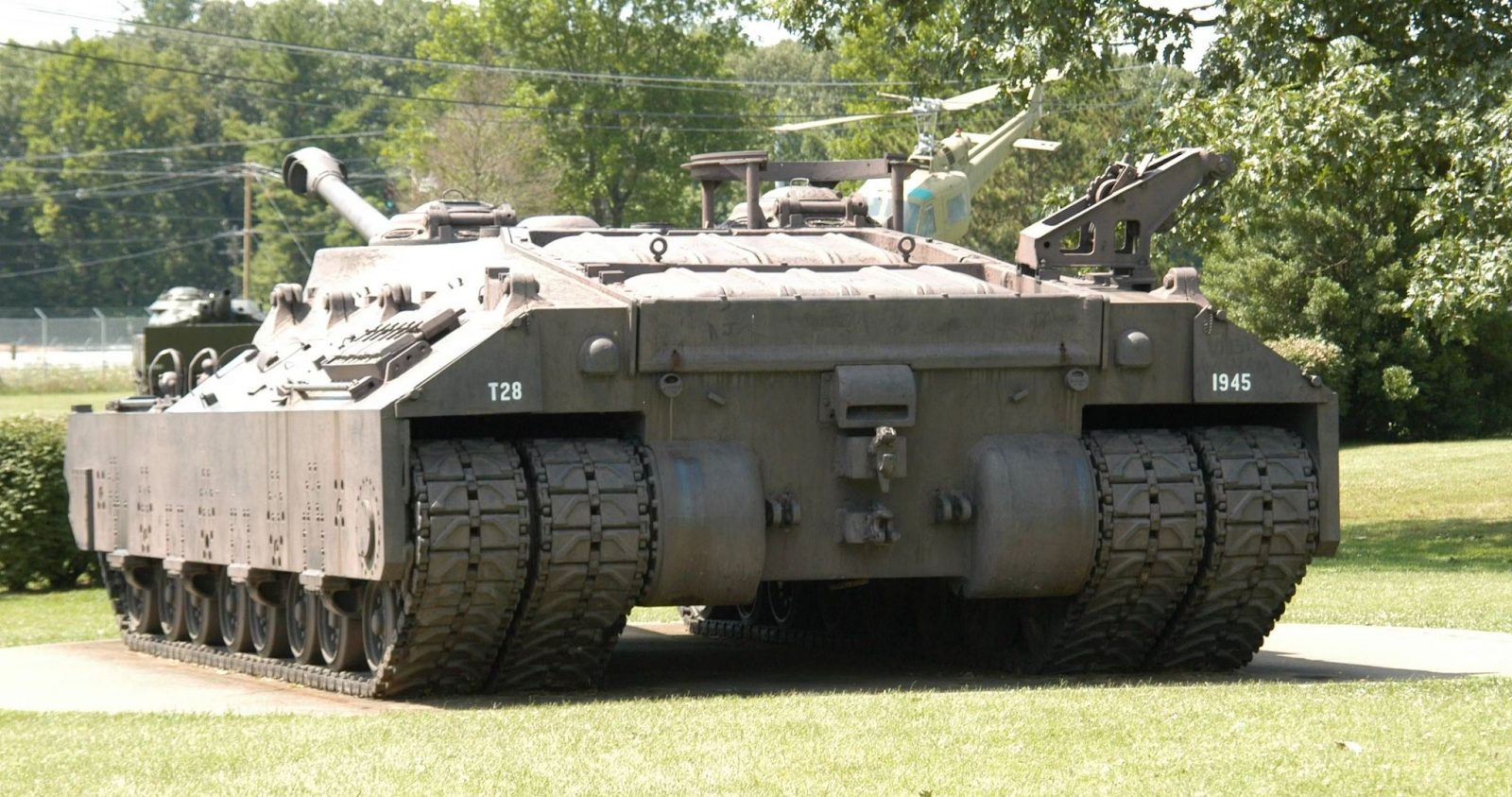The Evolution of Army Tanks:
From Iron Behemoths to Technological Titans
Introduction:
The history of army tanks is a fascinating journey, reflecting the evolution of military technology and strategic warfare. From their humble beginnings during World War I to the sophisticated marvels of modern armored warfare, tanks have played a crucial role in shaping the battlefield. This article explores the transformation of army tanks, encompassing design innovations, technological advancements, and their impact on military strategies.
1. Birth of the Tank:
Tanks made their debut on the battlefields of World War I, breaking the trench warfare stalemate. The British Mark I, with its caterpillar tracks and armored plating, revolutionized ground warfare. This marked the birth of the tank, an unstoppable force that could traverse difficult terrains and withstand enemy fire.
2. World War II and Technological Advances:
The Second World War witnessed a proliferation of tank designs and technological innovations. Tanks like the German Tiger and the Soviet T-34 became iconic symbols of armored might. Advancements in armor composition, firepower, and mobility defined this era, setting the stage for the Cold War tank arms race.
3. Cold War Era and the Arms Race:
The Cold War intensified the competition between superpowers, leading to the development of powerful and heavily armored tanks. The American M1 Abrams, the Soviet T-72, and the British Challenger 2 exemplify this era's focus on survivability, firepower, and adaptability. The arms race spurred innovation in composite armor, reactive armor, and advanced targeting systems.
4. Digital Age and Smart Tanks:
As technology entered the digital age, tanks underwent a paradigm shift. Smart tanks equipped with advanced sensors, computerized targeting systems, and unmanned capabilities became integral. The ability to communicate in real-time, analyze battlefield data, and engage targets with precision transformed the nature of armored warfare.
5. Challenges and Adaptations:
The evolving nature of conflicts, including asymmetrical warfare and urban combat, posed new challenges for tank designers. Adaptations in design, such as urban warfare kits and enhanced mobility features, became essential for addressing diverse combat scenarios.
6. Future Trends:
Looking ahead, the future of army tanks involves cutting-edge technologies like artificial intelligence, autonomous operation, and enhanced connectivity. The development of next-generation tanks aims to strike a balance between traditional strengths and adaptability to emerging threats.






Nice
ReplyDeleteWao nice blogs
ReplyDeleteLa jawab
ReplyDeleteNice
ReplyDeleteNice
ReplyDeleteGood job
ReplyDelete